“Can I eat ramen if I’m gluten-free?”
It’s a question that comes up often, especially for travelers and food lovers managing celiac disease or gluten intolerance. Ramen, with its springy noodles and soul-soothing dashi (出汁, broth), is one of Japan’s most beloved dishes. But can you enjoy it without the gluten?
Let’s explore the history, ingredients, and exciting gluten-free ramen options available today, along with some practical tips, cultural insight, and a little inspiration for your next noodle bowl.
Explore our collection of handcrafted ramen bowls to elevate your ramen experience!
Understanding Ramen Noodles and Gluten: What’s in a Bowl?
Traditional Ramen Noodles: Made from Wheat
Classic ramen noodles are made from wheat flour, water, salt, and kansui (かん水) an alkaline mineral water that gives ramen its signature chewy texture. While this chewiness is delightful, it also means traditional ramen is not gluten-free.
That said, there are alternatives, but first, let’s understand where gluten hides:
- Gluten is a protein found in wheat, barley, and rye.
- Even if the noodles are made from alternative flours, the broth and toppings may contain hidden sources of gluten, especially in condiments like soy sauce (醤油, shōyu).
Does Ramen Broth Contain Gluten?
Yes, often. Especially shoyu ramen (醤油ラーメン), which is seasoned with regular soy sauce brewed with wheat. Even instant ramen noodles may have gluten in both the noodles and the seasoning packets.

Gluten-Free Ramen Alternatives: Noodles Without Compromise
Gluten-Free Noodle Types to Try
- Rice ramen noodles – Made from rice flour, these mimic ramen’s form and absorb broth beautifully.
- Soba noodles (そば) – Look for 100% buckwheat flour (juwari soba, 十割そば).
- Corn or potato noodles – Hold shape well and provide a neutral taste.
- Lotus Foods – U.S. brand offering organic rice ramen blends.
- Shirataki noodles – Made from konjac yam, low-calorie and gluten-free.
Tip: Always check labels for gluten-free certification, especially for imported brands.
What About the Broth and Toppings?
Broth Tips
- Use gluten-free tamari or coconut aminos for umami.
- Opt for low sodium chicken broth or homemade dashi.
Gluten-Free Ramen Toppings
- Soft boiled eggs (半熟卵, hanjuku tamago)
- Nori sheets (海苔)
- Shredded chicken, tofu, or chāshū pork (チャーシュー)
- Gluten-free tempura veggies with rice flour batter
- Chili crisp, togarashi (唐辛子), or chili oil
- Furikake (ふりかけ) – check for gluten-free versions
- Sesame oil, bamboo shoots, fermented greens
Tip: Watch for wheat in miso paste or spice mixes like onion powder.

Frequently Asked Questions About Gluten-Free Ramen
- Can people with celiac disease eat ramen? Only if it’s labeled gluten-free and prepared safely.
- Is there vegan and gluten-free ramen? Yes! Look for rice-based noodles with vegetable broth.
- Can I make gluten-free ramen at home? Absolutely choose safe noodles, broth, and toppings.
Nutritional Considerations: Is Gluten-Free Ramen Healthy?
Gluten-free ramen can be both satisfying and nutritious:
- Calories vary, homemade broths are best for control.
- Fiber increases with whole grains and vegetables.
- Protein from eggs, tofu, or meats keeps you full.
- Low sodium broth and unsweetened soy milk can help balance the meal.
Storage and Meal Prep Tips
- Store noodles and broth separately to avoid sogginess.
- Rinse noodles with cold water before refrigerating.
- Use airtight containers and consume within 2–3 days.
- Keep crunchy toppings separate until serving.
Final Slurp: A Gluten-Free Gateway into Japanese Cuisine
So, is ramen gluten-free? Traditionally, no but it can be.
Gluten-free ramen offers all the comfort of the original, without compromise. It’s your chance to explore Japanese food culture in a way that fits your dietary needs.


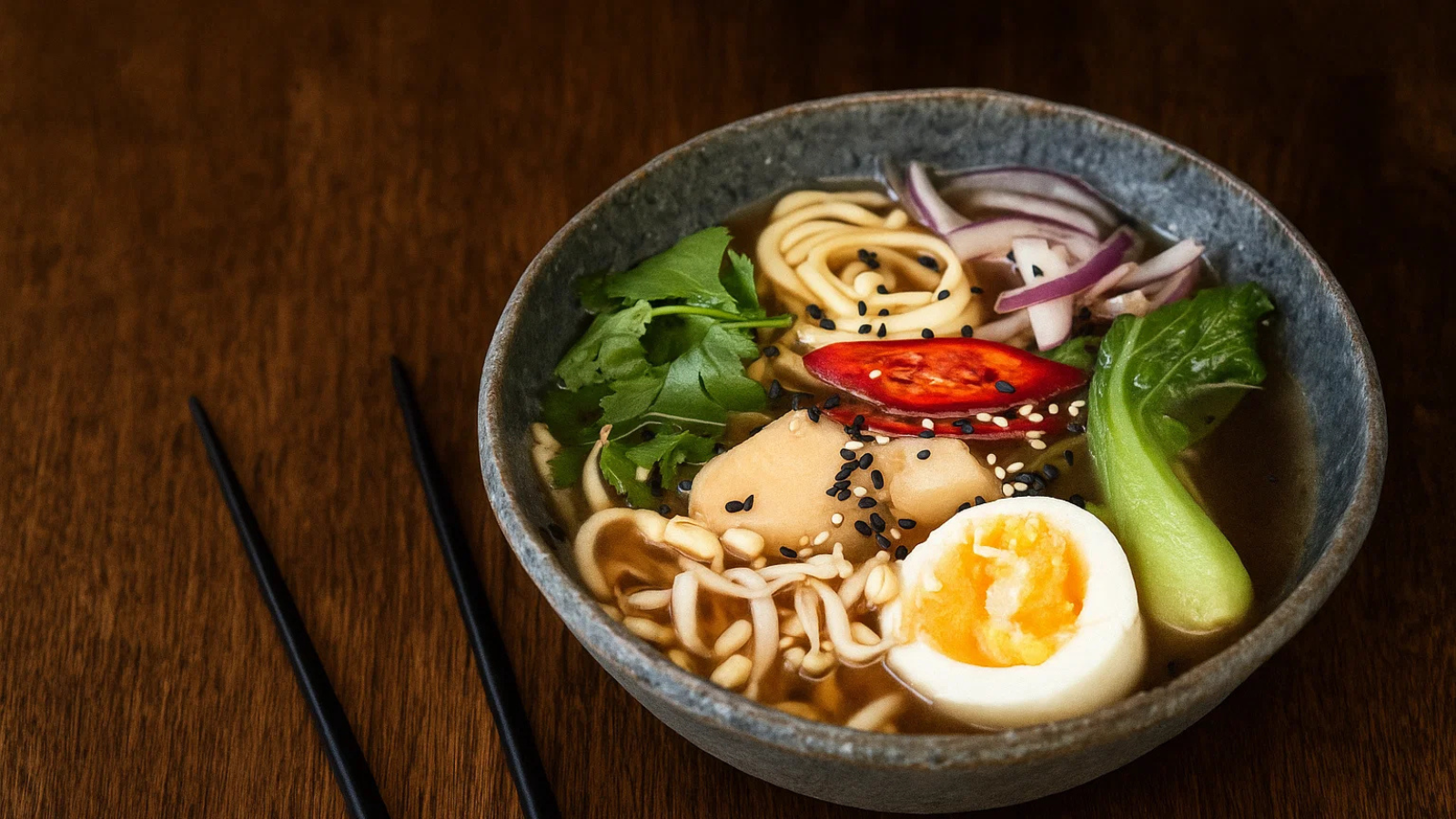




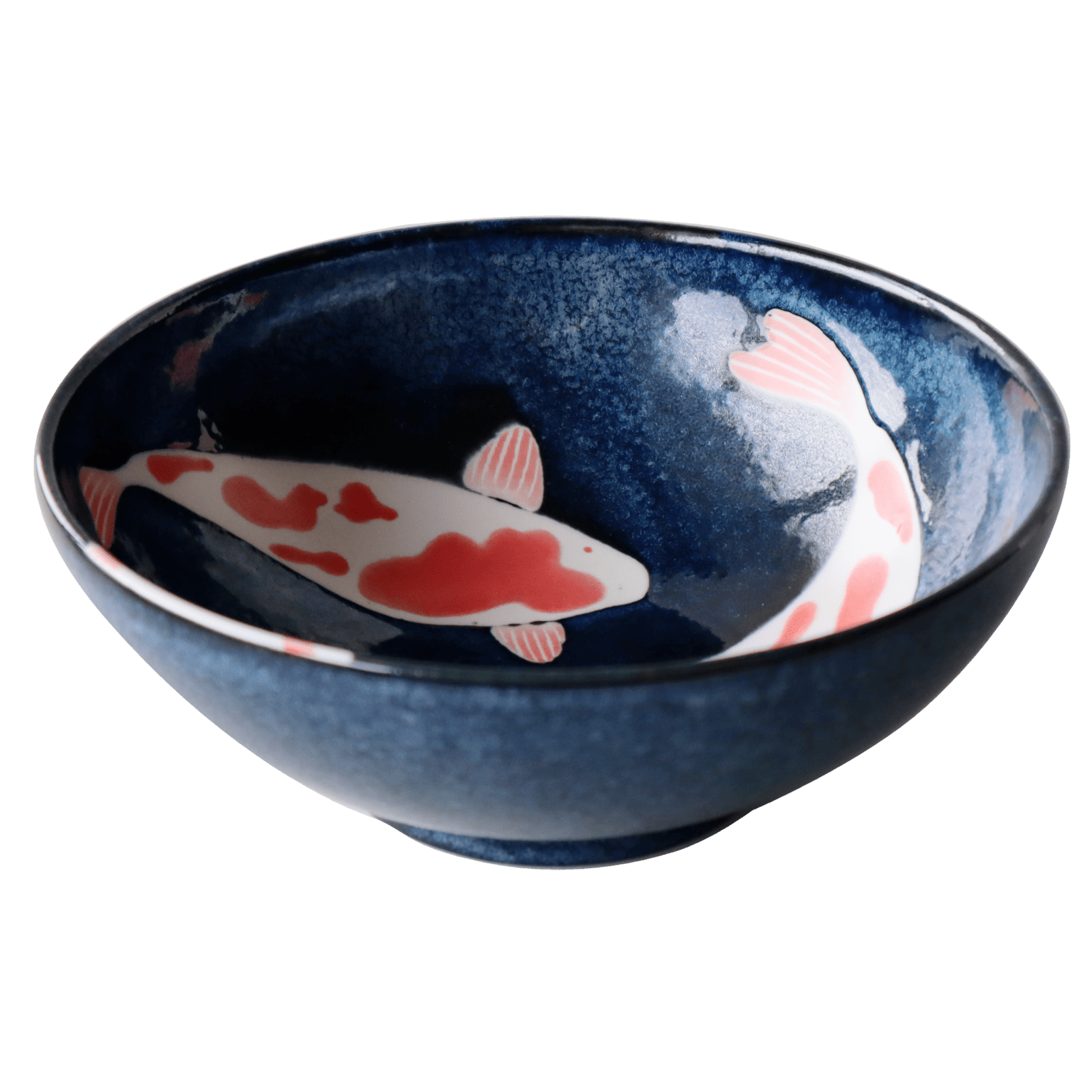
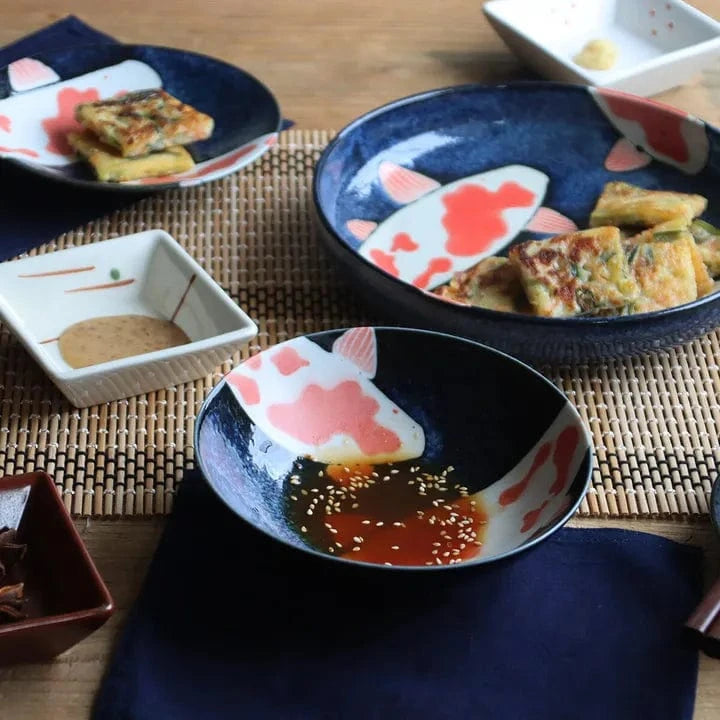
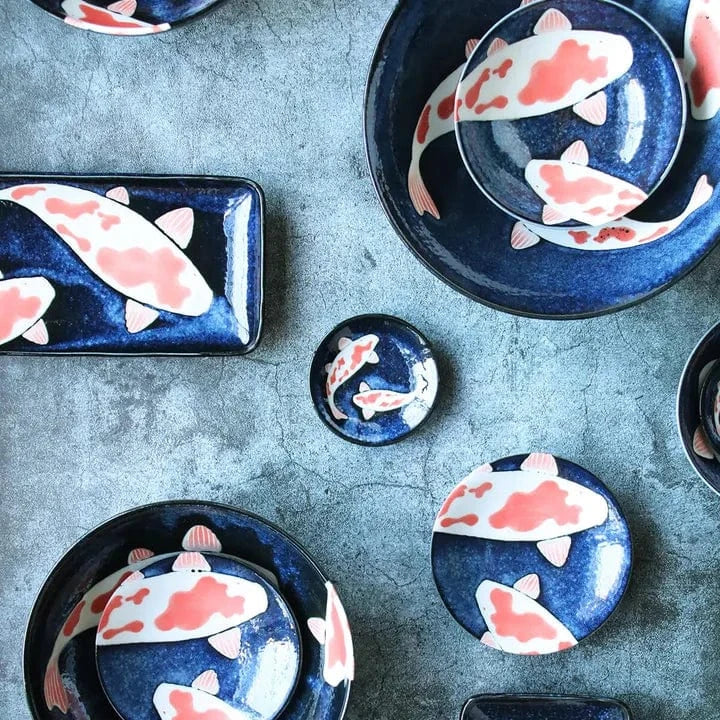
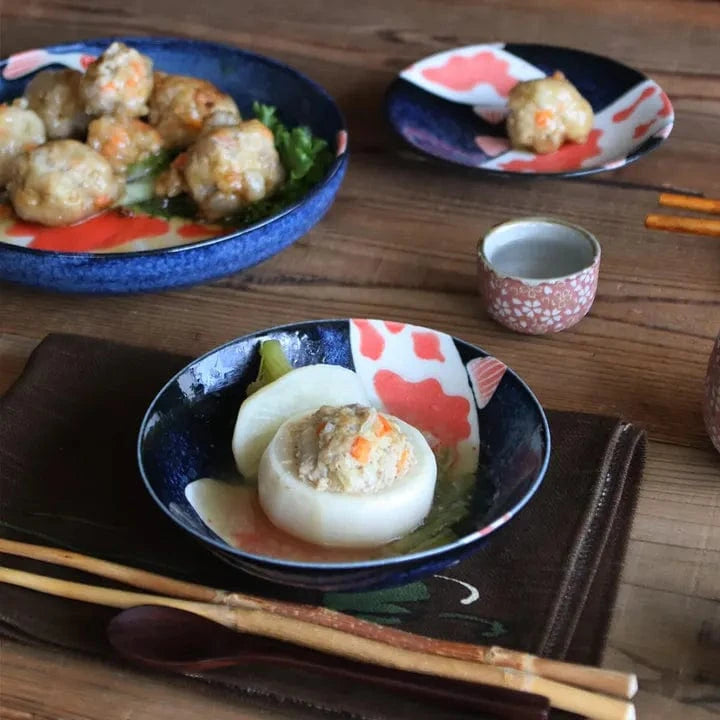
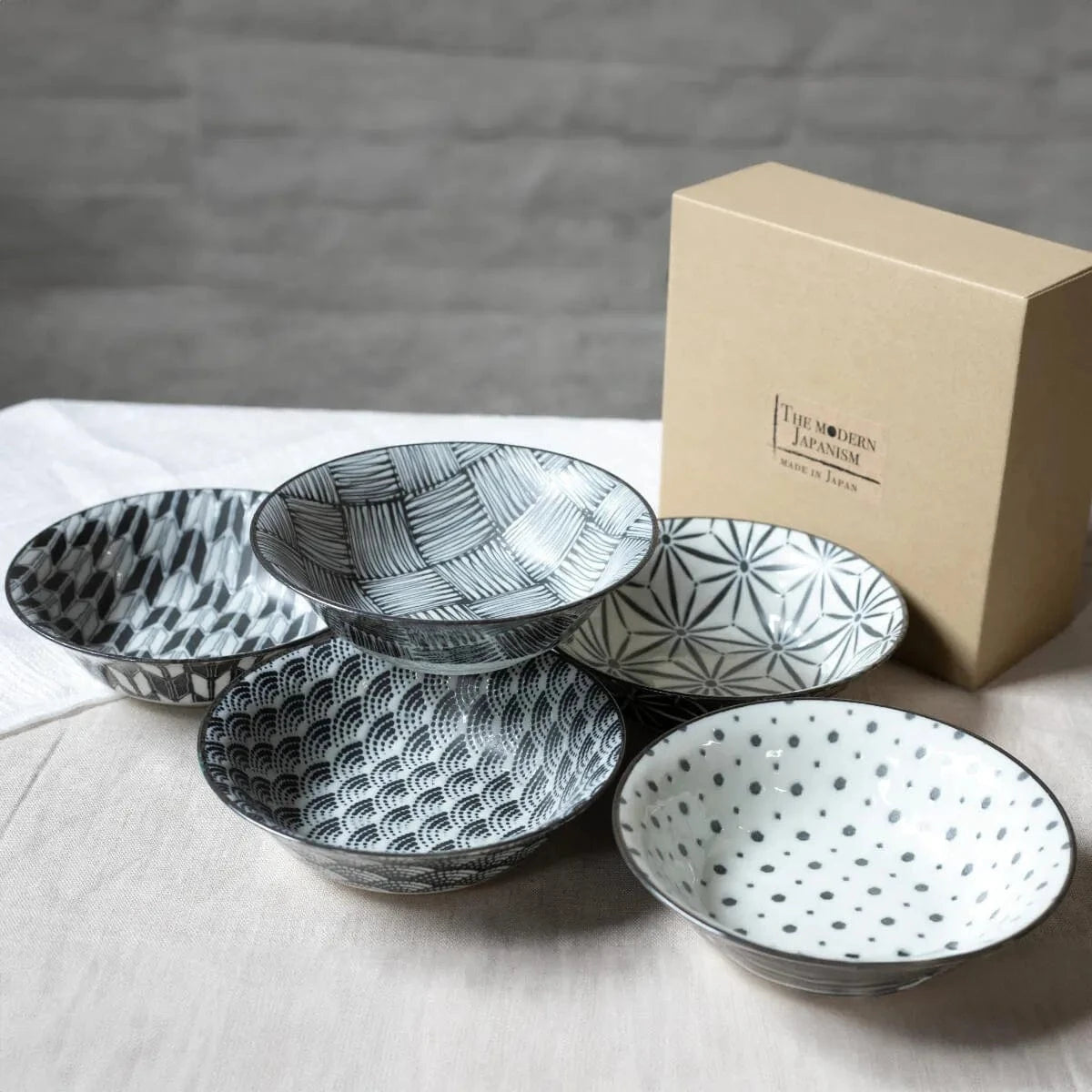
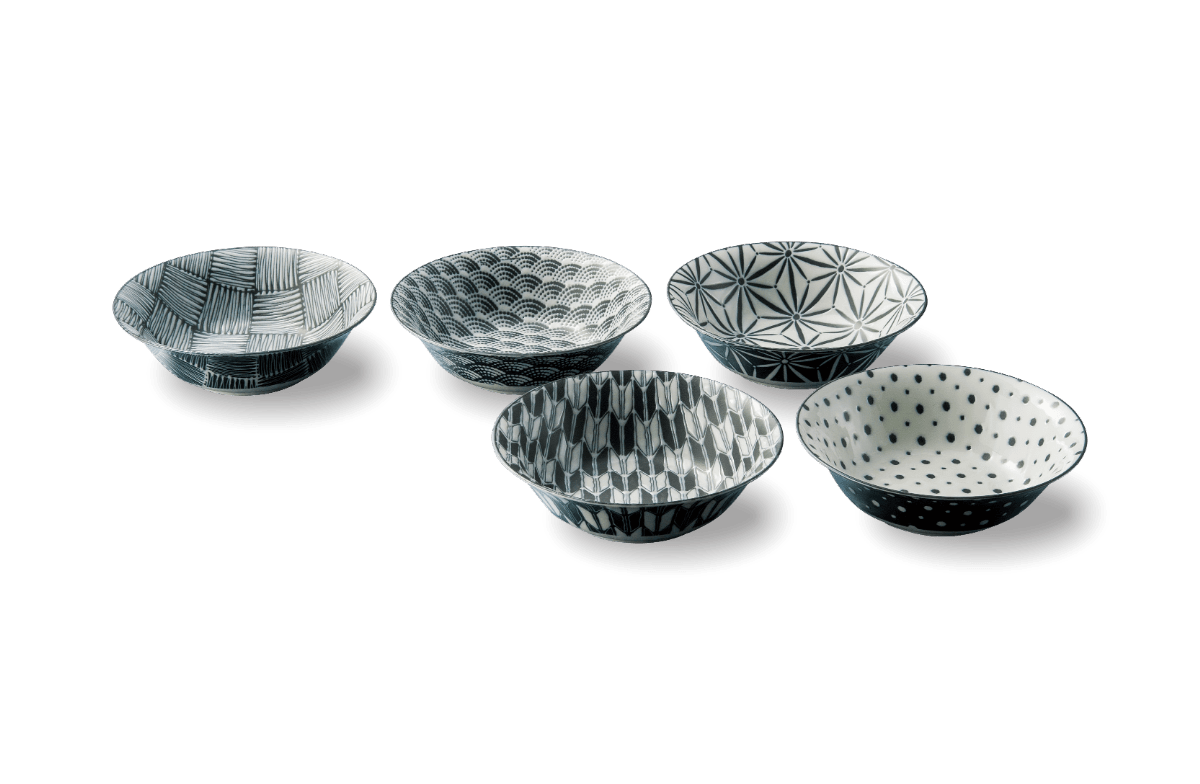
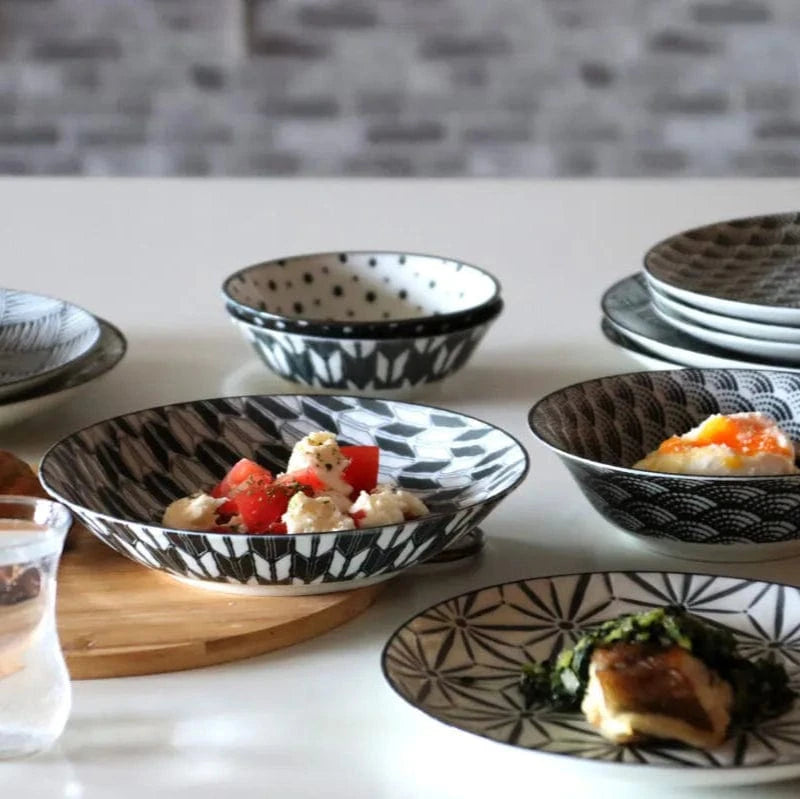
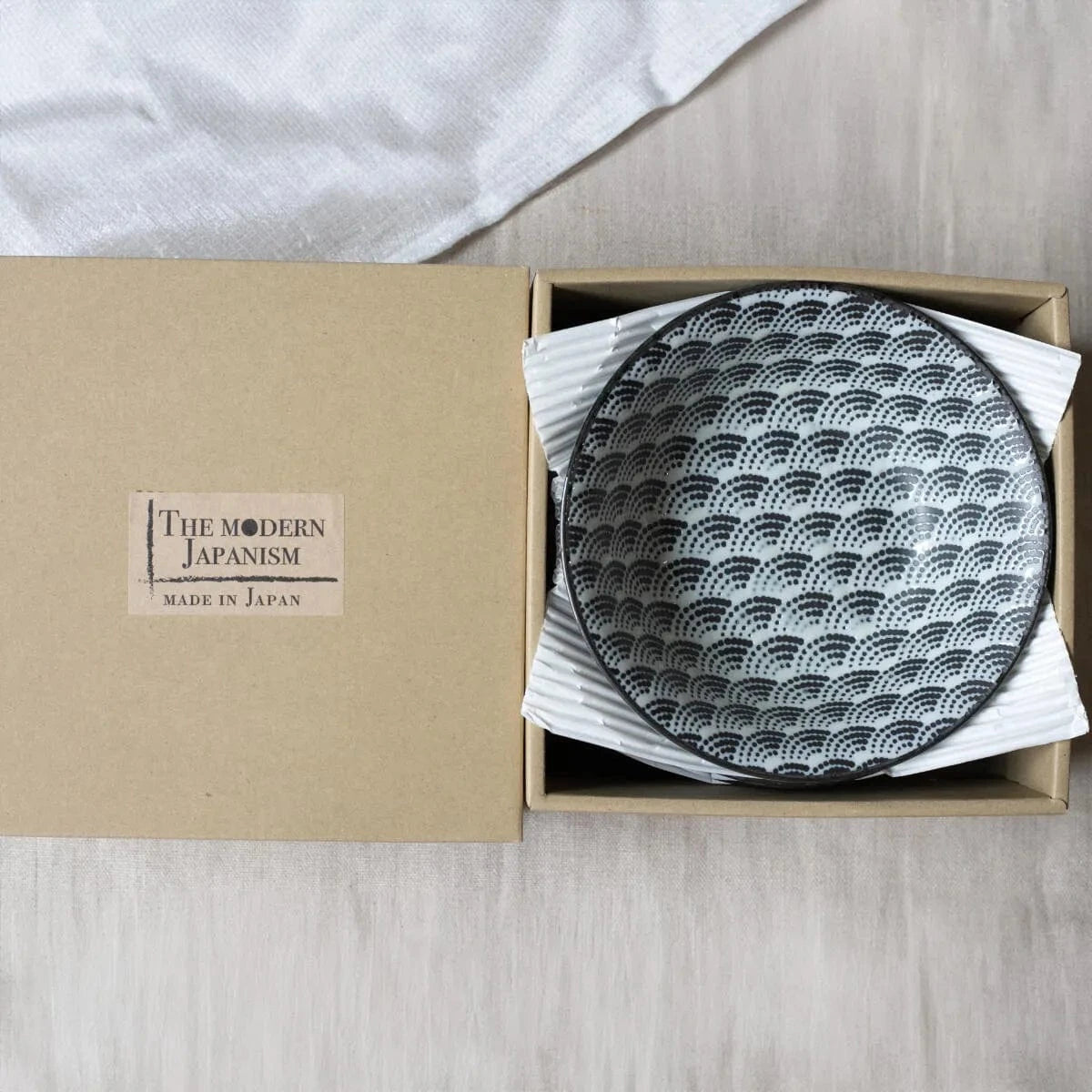
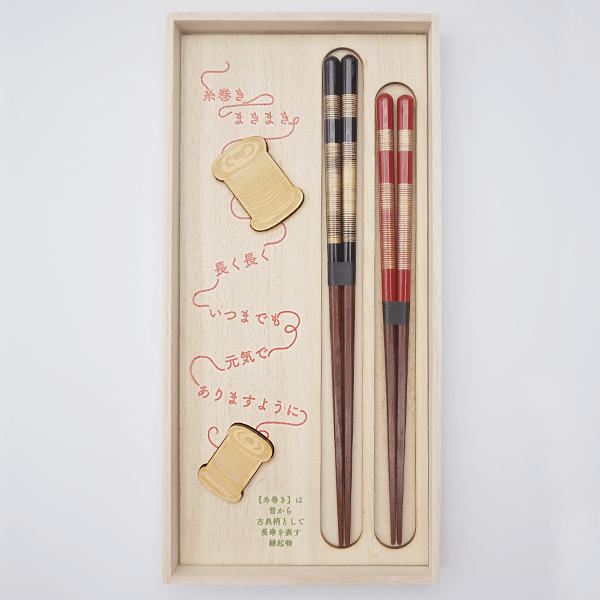
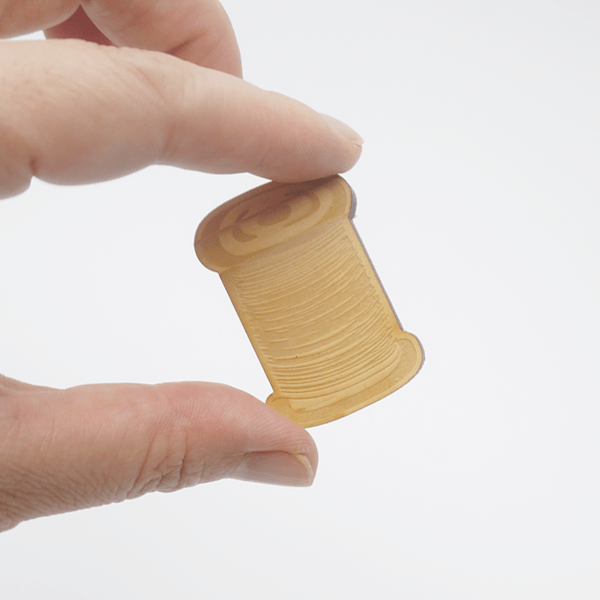
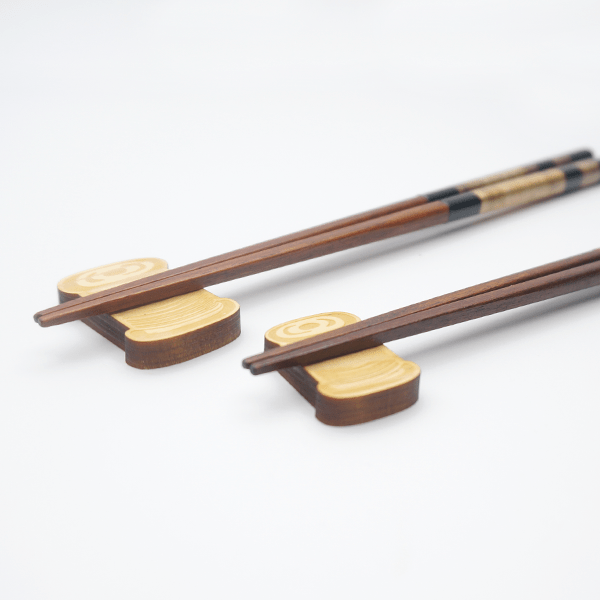
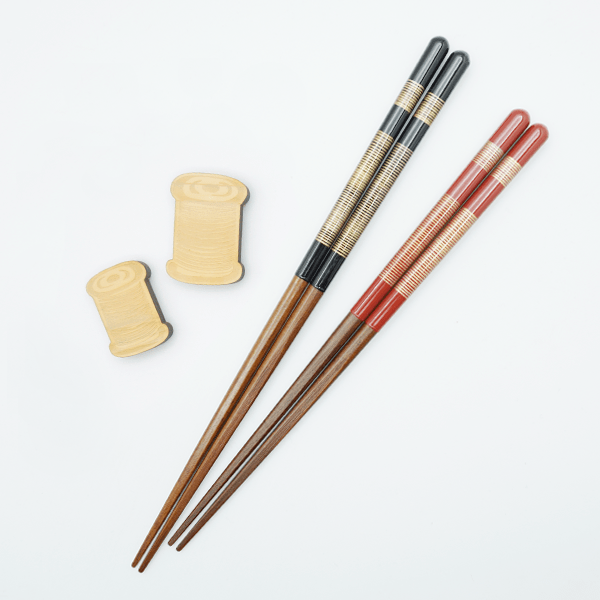
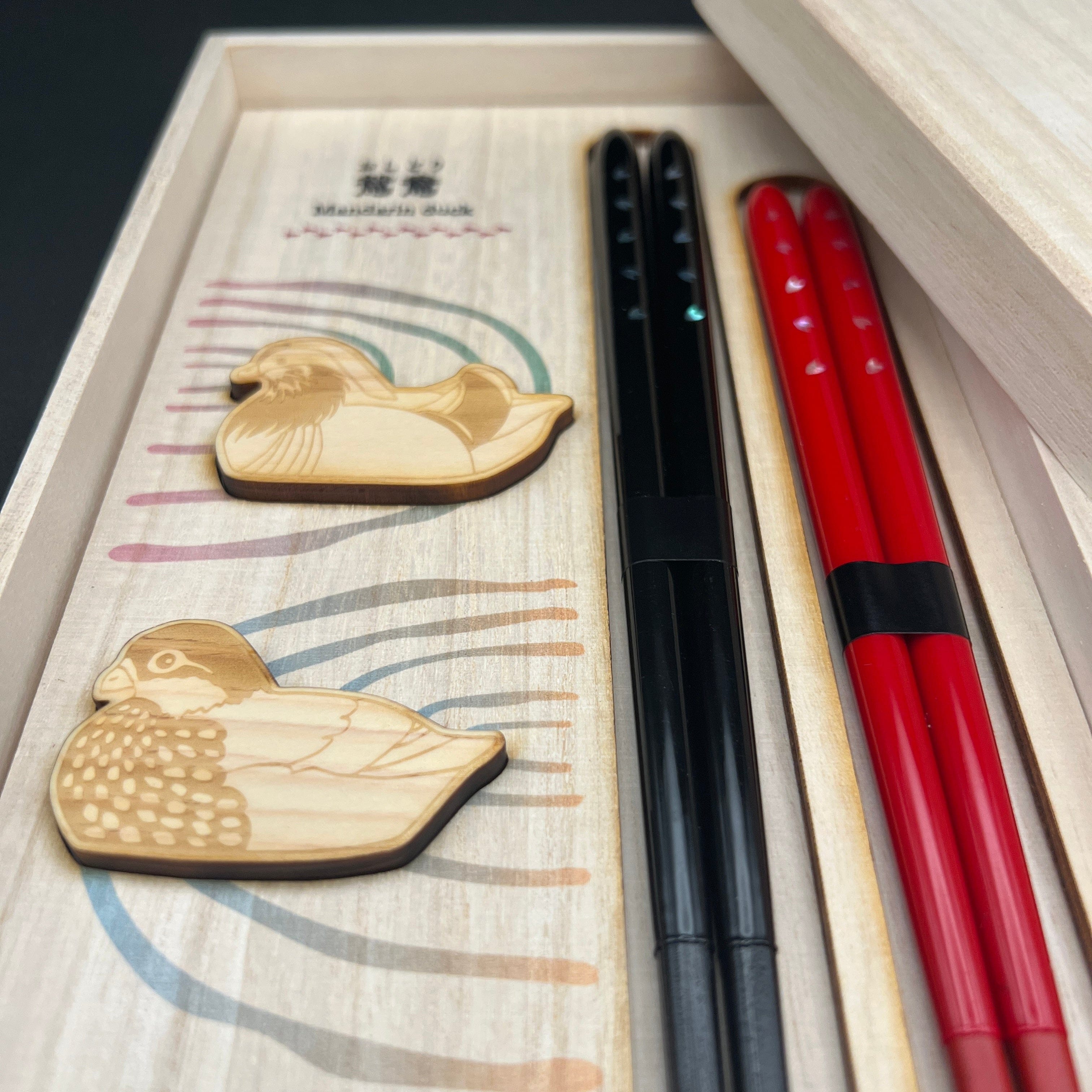

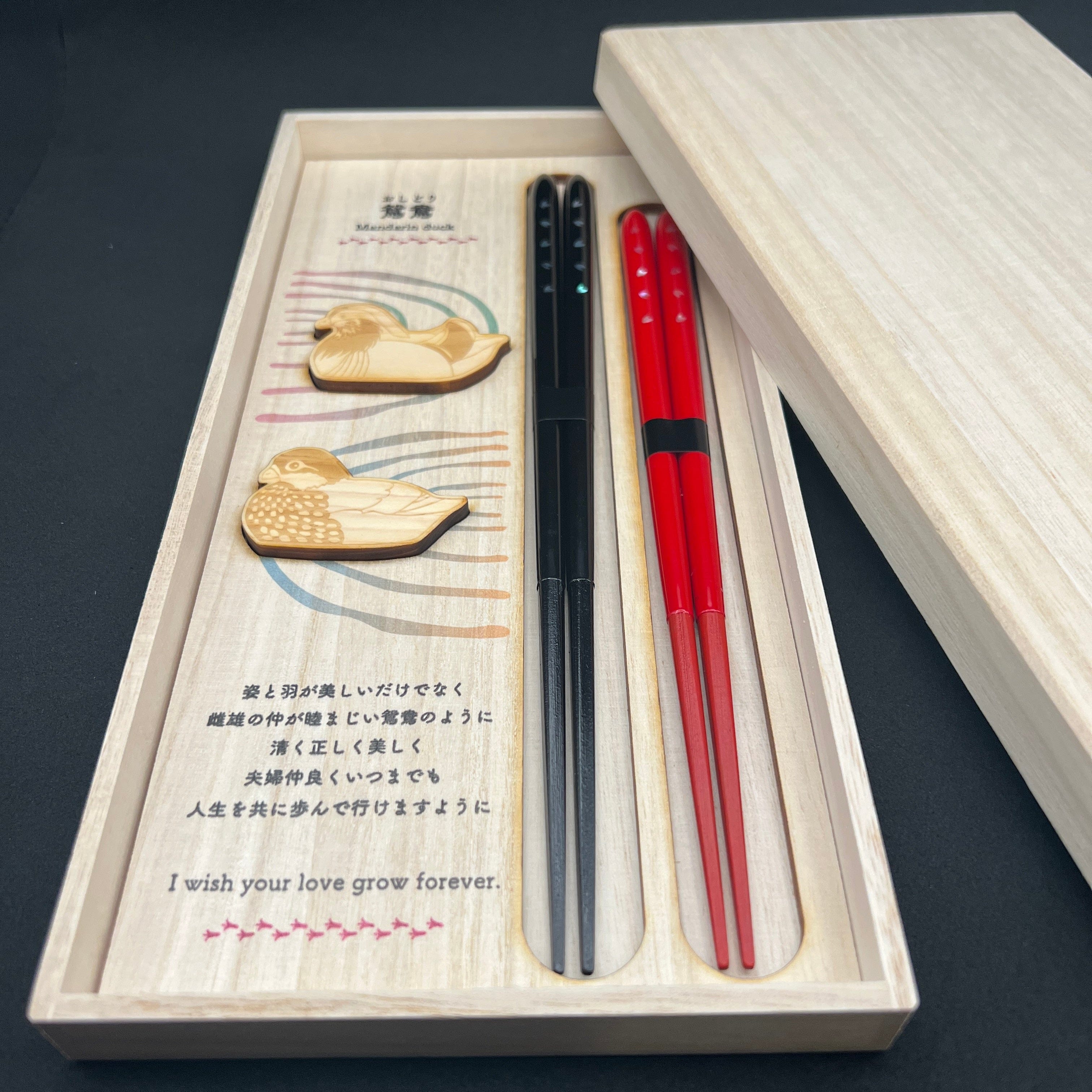
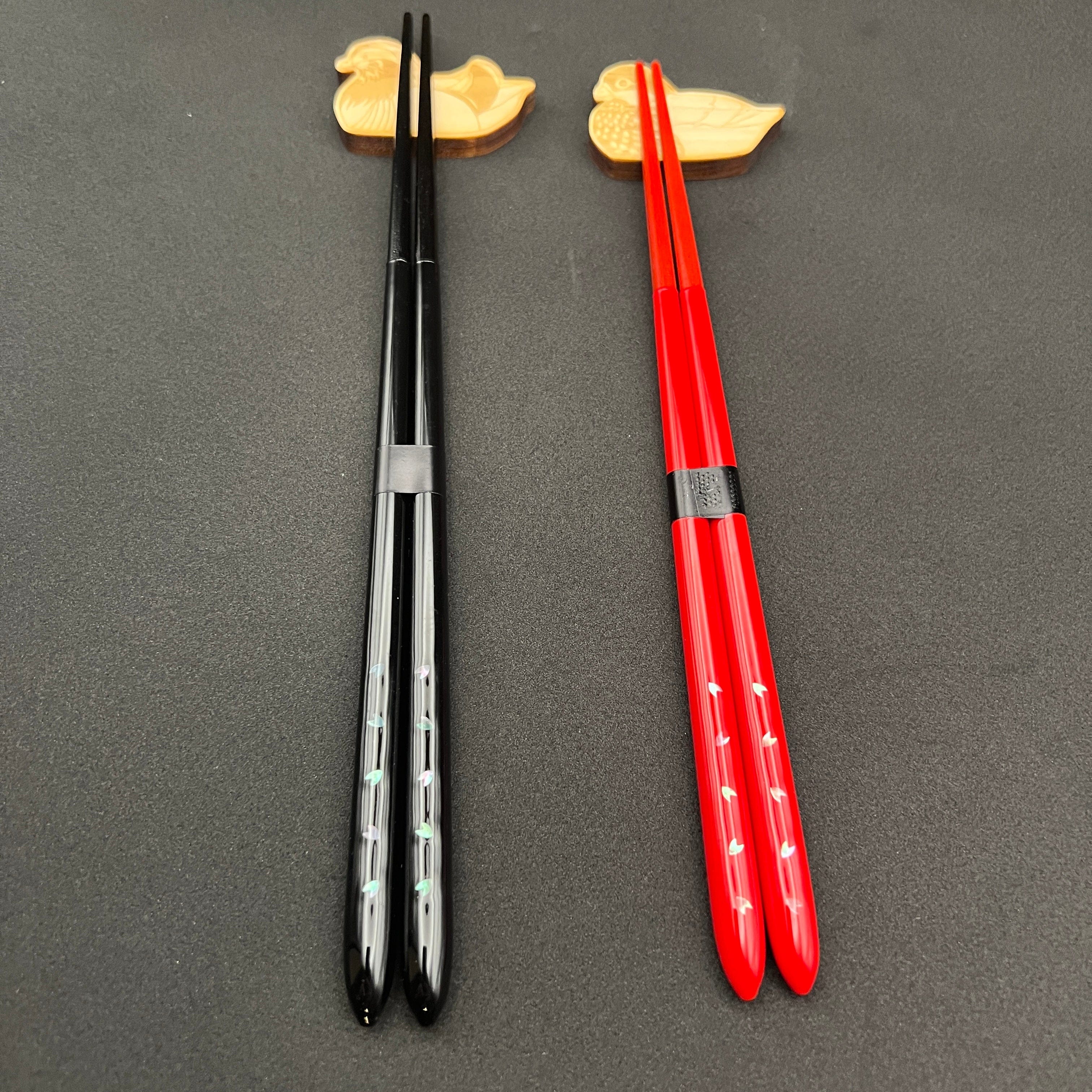
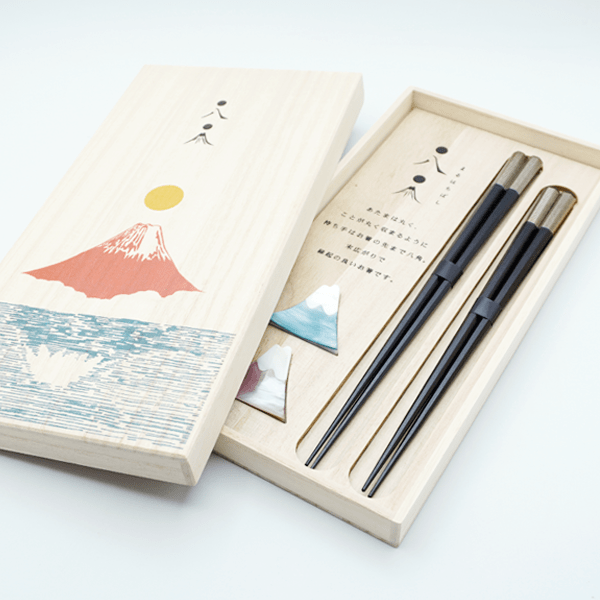
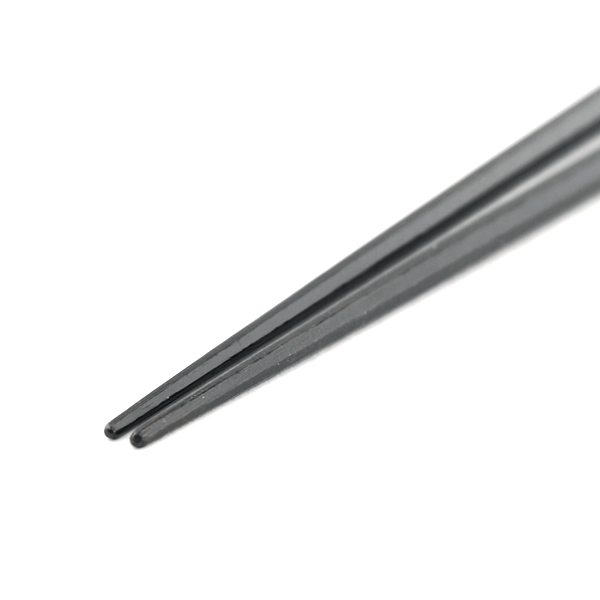
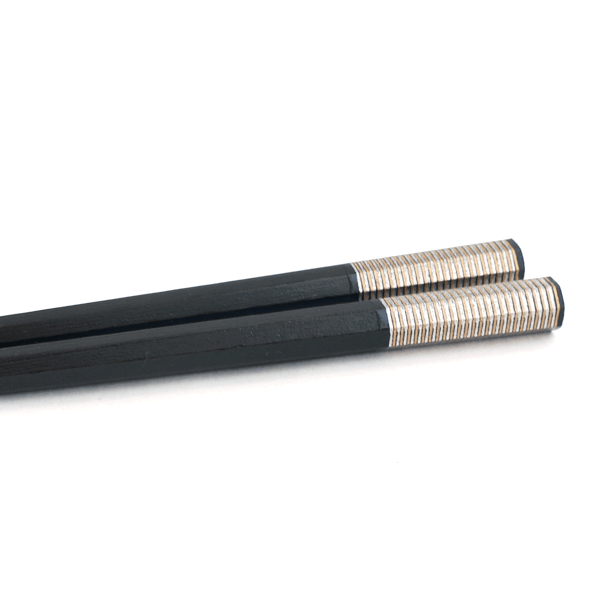
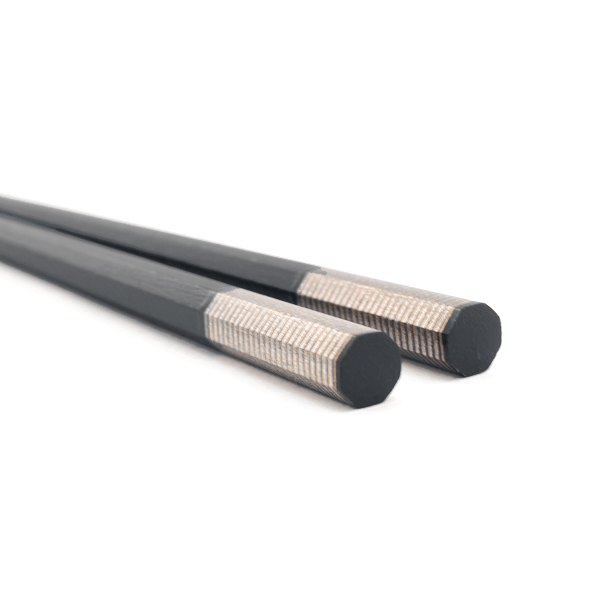
Share: